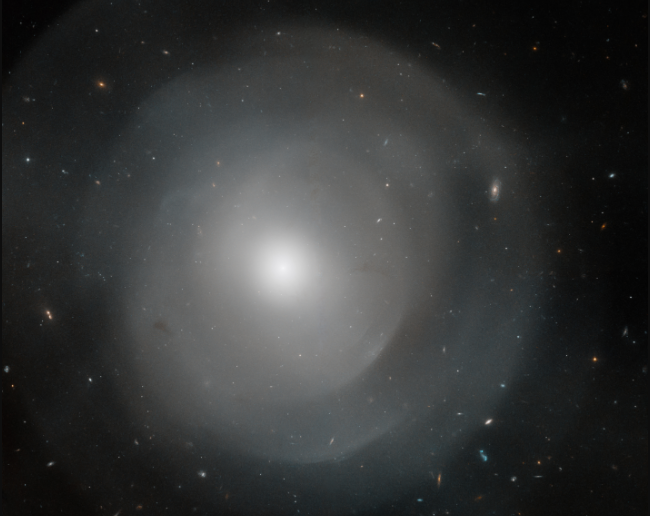NASA Hubble Telescope is still performing quite well despite its successor, the James Webb Space Telescope, already operational. The iconic HST was able to capture a new gigantic galaxy.

(Photo : Screenshot from NASA's official website )
NASA Hubble Telescope Captures Galaxy Twice as Big as Milky Way; Here's What Makes NGC 474 Unusual
The so-called NGC 474 is estimated to be more than twice the size of the Milky Way Galaxy. But, NASA's space experts said that its massive mass is not the only thing that makes this new heavenly body system unique from other galaxies.
"New NASA Hubble Space Telescope image captures the central region of the gigantic elliptical galaxy NGC 474. Located some 100 million light-years from Earth, NGC 474 spans about 250,000 light-years across," said the international space union via its official blog post.
NASA Hubble Telescope Captures Galaxy NGC 474
According to Space.Com's latest report, the new galaxy is specifically 2.5 times larger than Earth's galactic system. Aside from being so massive, the NGC 474 galaxy also has complex, layered shells that surround its spherical core.

(Photo : Screenshot from NASA's official website. )
NASA Hubble Telescope Captures Galaxy Twice as Big as Milky Way; Here's What Makes NGC 474 Unusual
The main reason why it is quite unique compared to the Milky Way and other similar galaxies. As of writing, experts still haven't found the main source of these shells.
Although this is the case, NASA believes that these unusual shells were created as the large galaxy consumes other galactic entities nearby it.
Space researchers said that even smaller galaxies might have been devoured by NGC 474.
NASA's officials explained that 10% of elliptical galaxies with shell structures are usually alone since they will most likely consume other smaller star systems.
They added that this could happen because of space cannibalization. If you want to see the actual look of the new NGC 474 galaxy, you can visit this link.
How NASA Captured NGC 474 Galaxy?
NASA said that they were able to capture the new NGC 474 galaxy because of the advanced features of the Hubble Space Telescope. These include the Wide Field and Planetary Camera 2, Wide Filed Camera 3, and Advanced Camera of Surveys features.
If you saw the actual image, the blue parts represent the visible light that HST captured. On the other hand, the orange portions are the near-infrared lights.
Recently, NASA's James Webb Space Telescope is expected to explore further parts of the solar system.
Meanwhile, NASA HST was able to observe the needle eye of a dwarf spiral galaxy.
For more news updates about NASA Hubble Telescope and its upcoming space discoveries, always keep your tabs open here at TechTimes.
Related Article: NASA Solar Sails: How Does it Work? Space Ventures to Have New Technology Like Boats
This article is owned by TechTimes
Written by: Griffin Davis








